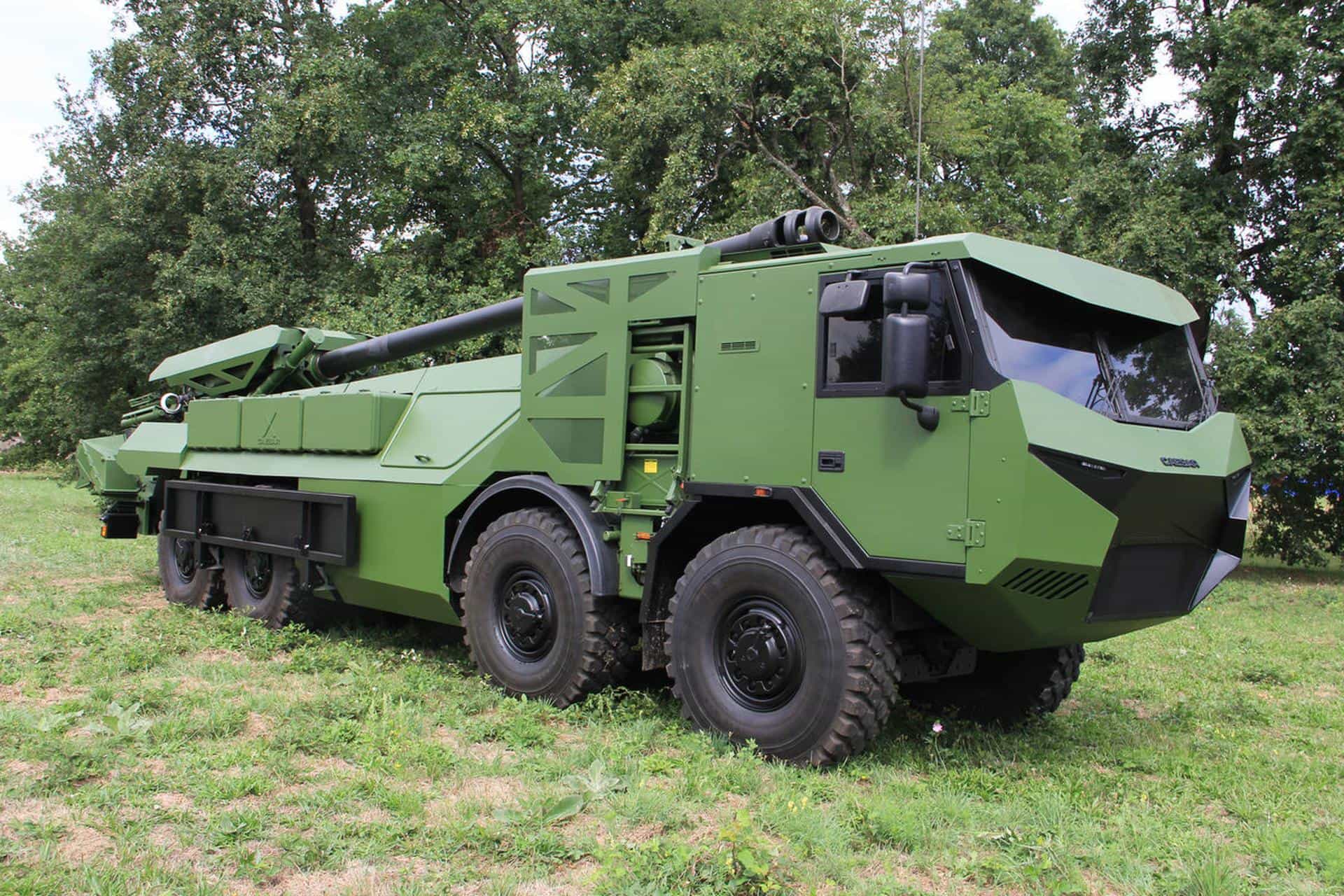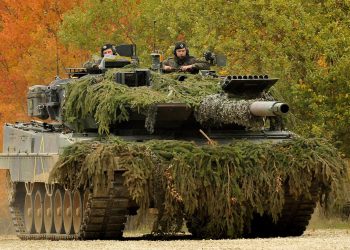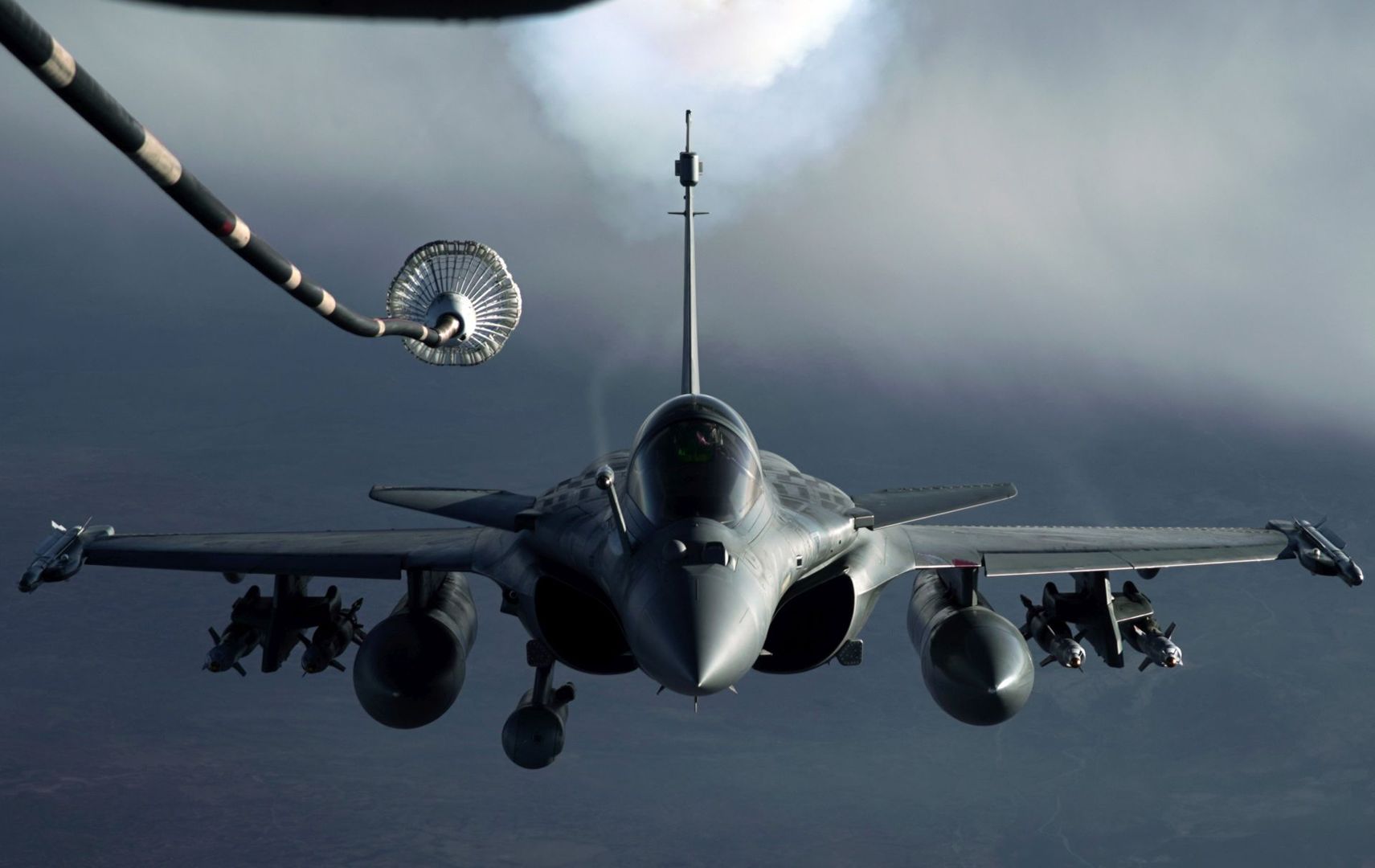WASHINGTON, D.C. : The Army today released the Health Promotion, Risk Reduction, and Suicide Prevention (HP/RR/SP) Report, the result of a focused 15-month effort to better understand the increasing rate of suicides in the force. This candid report is intended to inform and educate Army leaders on the importance of recognizing and reducing high risk behavior related to suicide and accidental death, and reducing the stigma associated with behavioral health and treatment. This report represents the next phase in the Army’s ongoing campaign to promote resiliency in a force that has been at war for nearly a decade.
“The dedicated effort behind this report sends a clear message to our force that we take the resiliency of our soldiers and families very seriously,” said Secretary of the Army John McHugh. “This effort is part of our culture to look closely at ourselves, and to make continuous improvements in our capability – but most importantly, to reduce the number of soldiers we lose to suicide.”
“This comprehensive review exposes gaps in how we identify, engage, and mitigate high-risk behavior among our soldiers. After nearly a decade of war we must keep pace with the expanding needs of our strained Army, and continuously identify and address the gaps that exist in our policies, programs and services,” said Chief of Staff Gen. George W. Casey Jr.
Casey told the Army’s two- and three-star commanders and command sergeants major recently that “our challenge over the next several years will be to maintain our combat edge at an appropriate tempo while reestablishing garrison systems to better care for our soldiers and families. The combination of Comprehensive Soldier Fitness with these health promotion efforts provides the foundation to improve the resilience of the force.”
Unprecedented operational tempo has dictated that leaders remain primarily focused on preparing for their next deployment. As a result, enforcement of policies designated to ensure good order and discipline has atrophied. This, in turn, has led to an increasing population of Soldiers who display high risk behavior which erodes the health of the force.
The report grew out of a series of visits to six Army installations directed by Casey and led by Vice Chief of Staff Gen. Peter Chiarelli in Spring 2009 to look at suicide prevention efforts in the force. “What we witnessed were real indicators of stress on the force, and an increasing propensity for Soldiers to engage in high risk behavior,” Chiarelli said. “We recognized almost immediately we had to widen the aperture – risk in the force cannot be mitigated by suicide prevention alone.”
The Army’s inward and transparent review is documented in this report. It addresses the full range of issues related to HP/RR/SP, outlines and defines the problem, documents actions taken, and makes recommendations for the way ahead.
Key findings include:
- gaps in the current HP/RR/SP policies, processes and programs necessary to mitigate high risk behaviors;
- an erosion of adherence to existing Army policies and standards;
- an increase in indicators of high risk behavior including illicit drug use, other crimes and suicide attempts;
- lapses in surveillance and detection of high risk behavior;
- an increased use of prescription antidepressants, amphetamines and narcotics;
- degraded accountability of disciplinary, administrative and reporting processes; and
- the continued high rate of suicides, high risk related deaths and other adverse outcomes.
“These findings demonstrate that many of our programs are unbalanced and lack integration, while reinforcing recommendations that will help us improve the quality of our programs and services,” Chiarelli said.
McHugh has directed that leaders at all levels become familiar with the report. It informs leaders throughout the force about the consequences associated with high risk behavior; provides a candid, transparent and balanced review of HP/RR/SP issues; documents the Army’s actions to date to improve programs and services; integrates policies, processes and programs for oversight of the force; and recommends solutions to eliminate gaps and unnecessary redundancies.
Programs must be realigned to improve support to the Soldier, Family and unit. Reporting and data-sharing on high risk behavior among unit commanders, medical and garrison service providers, and law enforcement officials must be synchronized. The report also promotes continued use of the Department of the Army’s Health Promotion Council which has aggressively addressed this issue for a year-and-a-half.
Report recommendations represent the next phase of the campaign which has already implemented more than 200 separate initiatives over the last 15 months. For example, the Army tightened enlistment standards; established a Community Health Promotion Council at each installation; improved access and coordination between primary (medical) care and behavioral health providers; worked to stabilize unit leadership after redeployment; expanded behavioral health screening; instituted a confidential alcohol treatment program; aggressively recruited new behavioral health counselors; and created 72 new positions for chaplains, among other things.
“Continued focus on mentoring and training our leaders and service providers is key to fixing these problems. Part of leadership is creating an environment where it’s okay to ask for help—and where it’s our duty to extend a helping hand,” Chiarelli said. “This, too, is in keeping with the Army Warrior Ethos to never leave a fallen comrade.”
Report findings indicate that there are no universal solutions to address the complexities of personal, social and behavioral health issues that lead to suicide.
“We’ve often said that the Army is a reflection of society, but we have soldiers today who are experiencing a lifetime of stress during their first six years of service. Army leaders at all levels remain dedicated to promoting resiliency, coping skills, and help-seeking behavior across our force,” Chiarelli said.








